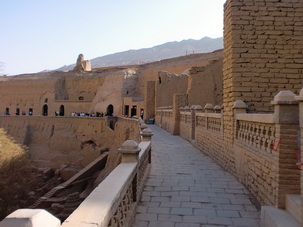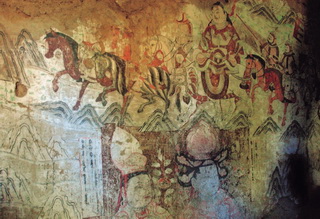
Home China Tours
China Tours Tibet Tours
Tibet Tours China Theme Tours
China Theme Tours Off The Beaten Track
Off The Beaten Track Yangtze Cruises
Yangtze Cruises China Trip Planner
China Trip Planner Travel Agents
Travel Agents
 China Tours
China Tours Tibet Tours
Tibet Tours China Theme Tours
China Theme Tours Off The Beaten Track
Off The Beaten Track Yangtze Cruises
Yangtze Cruises China Trip Planner
China Trip Planner Travel Agents
Travel Agents
Home | China Tours | Tibet Tours | China Theme Tours | Off The Beaten Track | Yangtze Cruises
China Trip Planner | Travel Agents | About Us | Why Us | Contact Us | How to Pay | How to Book - Terms & Conditions | Site Map
China Trip Planner | Travel Agents | About Us | Why Us | Contact Us | How to Pay | How to Book - Terms & Conditions | Site Map
Splendid China Tours, Professional China Travel Agency and China Tour Operator
Copyright © 2010 - 2030 All Rights Reserved.
Copyright © 2010 - 2030 All Rights Reserved.


 0086-28-85711328
0086-28-85711328 0086-28-85546015
0086-28-85546015




 Located at northwestern side of the Flaming Mountain - 45 km from Turpan, the Bezeklik Thousand Buddha Caves are complex of Buddhist cave grottos dating from the 5th to the 13th centuries. These caves were built on a cliff face fronting a river valley. In the Uigur language Bezeklik means place where there are paintings. These caves are one of the largest Buddhist grotto sites in Xinjiang. It used to be an important center for Buddhist worship under the Xizhou Huigu government of Gaochang Kingdom, which built the royal temple of the King of Huigu at this site. The caves are well hidden and rest on a long ridge overlooking a valley where the monastery was located. Originally it is accessible via a winding pathway to the cliff top, and a steep stairway led down to the monastery 30 feet below.
Located at northwestern side of the Flaming Mountain - 45 km from Turpan, the Bezeklik Thousand Buddha Caves are complex of Buddhist cave grottos dating from the 5th to the 13th centuries. These caves were built on a cliff face fronting a river valley. In the Uigur language Bezeklik means place where there are paintings. These caves are one of the largest Buddhist grotto sites in Xinjiang. It used to be an important center for Buddhist worship under the Xizhou Huigu government of Gaochang Kingdom, which built the royal temple of the King of Huigu at this site. The caves are well hidden and rest on a long ridge overlooking a valley where the monastery was located. Originally it is accessible via a winding pathway to the cliff top, and a steep stairway led down to the monastery 30 feet below.  Among 83 numbered grottoes, about 40 of them have rich remains of murals. The most exceptionally rare mural topics in Bizaklik Caves are found in Caves No.16 and 17. Cave No.16 depicts a musician playing Xiao Hu Lei - a lute-like instrument originating from southern China's Yunnan province. The mural Transformation in Hell in Cave No.17 supports the notion Huihu Gaochang was the center of Manicheism from 9 to 12 century.Some murals present clearly the figurines of the Huigu people; some showed Indian monks and portraits of Buddhas at different periods throughout history. They are briefly divided into four periods chronologically.
Among 83 numbered grottoes, about 40 of them have rich remains of murals. The most exceptionally rare mural topics in Bizaklik Caves are found in Caves No.16 and 17. Cave No.16 depicts a musician playing Xiao Hu Lei - a lute-like instrument originating from southern China's Yunnan province. The mural Transformation in Hell in Cave No.17 supports the notion Huihu Gaochang was the center of Manicheism from 9 to 12 century.Some murals present clearly the figurines of the Huigu people; some showed Indian monks and portraits of Buddhas at different periods throughout history. They are briefly divided into four periods chronologically.